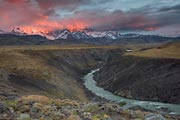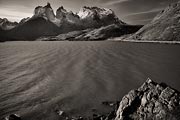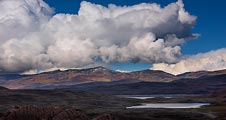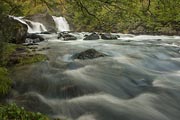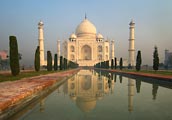Fine Art Giclee
Photographic Prints
Photographic Prints
From the moment he trips the shutter to the time you receive your new artwork, photographer Alan Plisskin is personally involved printing, packing and shipping your fine art prints. By doing so, he can assure not only faithful reproduction of his work but your satisfaction with your purchase as well.
Sizes & Prices >>
Please contact ASP Images directly to arrange international orders or if you prefer to order offline.
Contact Alan Plisskin >>

• Archival Prints
Available in a variety of sizes, prints are created by the giclee method which uses pigmented inks (not chemical dyes) printed on museum-grade archival paper for maximum impact and longevity.Sizes & Prices >>
• Framing
Optional mounting, matting and framing of prints is available. Please contact Alan directly if you'd like his assistance in selecting matte and frame styles that will enchance the print as well as compliment your decor.
• How to Order
United States customers can order online. Use the Print Size selector on a photo's enlargement page to add prints to your shopping cart.Please contact ASP Images directly to arrange international orders or if you prefer to order offline.
• Questions?
If you have any questions, wish to make a purchase offline, or are interested in print sizes not offered on the web site, don't hesitate toContact Alan Plisskin >>

Patagonia Fine Art Photography Gallery
Patagonia...Wow!! Patagonia is a beautiful, mountainous region that encompasses parts of Argentina and Chile. In Argentina the main attraction is Mt Fitzroy, near the town of El Chalten. This striking mountain rises 3,000 meters above the surrounding landscape. Often enshrouded in clouds, we were fortunate to have beautiful light each morning and evening. There are numerous glaciers in the area including the Viedma Glacier which we were able to go hiking on. After several days in the Parque Nacional Los Glaciers we ventured onto Chile and the Torres del Paine Park. This part of Patagonia encompasses thousands of square kilometers of mountains and lakes. Again, graced with great weather and limited winds (an unusual combination in this area) we had amazing light and scenery. The wildlife was plentiful in Torres del Paine. Guanacos (a cross between a llama and a camel) were a regular sight here as they grazed and kept a careful eye out for any pumas that may be in the area. Nandus , ostrich-like birds, were common. Multiple other species of birds were also prevalent, including black chested eagles, caracaras, condors, pink flamingos, and many species of ducks.
Check out these other fine art photography galleries:




















